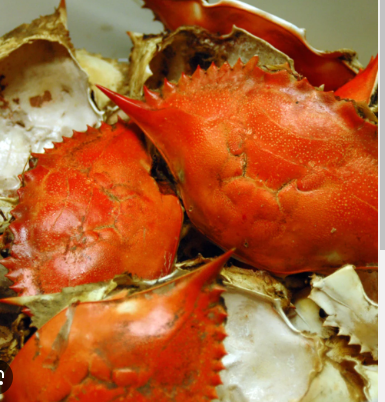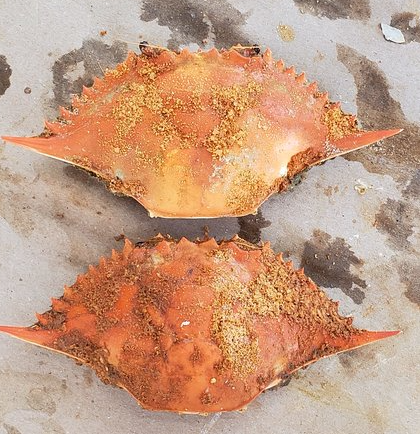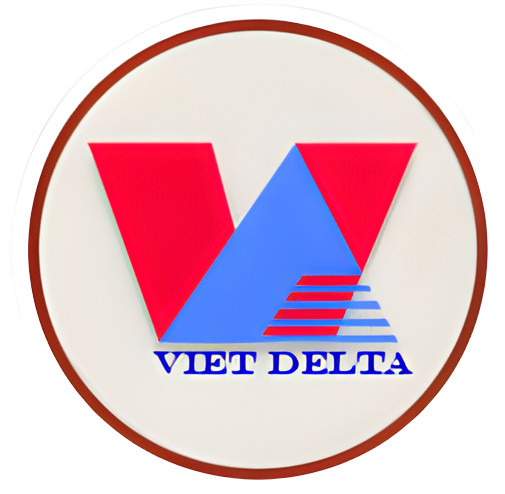
Table of Contents
What makes crab shell so special
Crabs are one of the oldest living species, its ancestors dating back over 400 million years ago. Crabs have even been around about 200 million years before the dinosaurs! There are over 4,500 types of crabs across the globe, and over 850 different species.
Nutrition of a Soft Shell Crab
Calories and Fat
One cup of meat from a crab shell cooked with moist heat has 112 calories and 1 gram of fat. While this isn’t many calories for a high-protein entree, crab is not particularly filling because it is devoid of fiber. A meal including this food requires additional sources of fiber so that it can satisfy the Harvard School of Public Health’s recommendation that people consume 14 g of fiber for every 1,000 calories.
Protein
The U.S. Department of Agriculture recommends that people consume 0.8 g of protein for every kilogram of body weight. This means that a 120-pound woman needs 43.63 g of protein every day. With 24.14 g of fiber, one cup of meat from crab shell satisfies 55 percent of her daily protein requirement.
Minerals
With 1.099 milligrams of copper, 1 cup of crabmeat satisfies 100 percent of the daily requirement for this mineral. Its 57.9 micrograms of selenium satisfy 88 percent of the daily selenium requirement, and its 5.14 mg of zinc meet 47 percent of the zinc requirement. A rich source of calcium, a serving of soft shell crab provides 123 mg of calcium, which satisfies 12.3 percent of the daily requirement for calcium. Lastly, this food provides 8.5 percent of the daily iron requirement for men and 3.77 percent of the daily iron requirement for women.
Vitamins
Although 1 cup of crab shell has insignificant amounts of vitamins A, C and K, its food is a rich source of B vitamins, providing more than 100 percent of the required pantothenic acid and 23 percent of the required niacin. With 0.031 mg of thiamin, 0.126 mg of riboflavin and 69 mcg of folate, a serving of soft shell crab cooked with moist heat satisfies 3.1 percent, 9.6 percent and 4.1 percent of the required amounts of these vitamins

Benefits of crab shell
- In compost: Crab shells are made up of calcium carbonate and chitin (a type of carbohydrate). Therefore, can enrich your compost because they are loaded with good nutrients to help your plant develop. After crushing, crab shells are mixed with a compost pile. Then, the pile is allowed to decompose over the winter season. This crushing is necessary as it speeds up the decomposition process. Moreover, add grass clippings or yarrow with crushed crab shells to increase the decomposition rate. After adding organic materials like crab shells, we have to wait for few months so that micro-organisms decay this organic matter which in turn release nutrients like nitrogen, phosphorus, calcium, and magnesium.
- Keep your brain strong: Research suggests that people who eat seafood, such as crab, at least once per week have a reduced risk of dementia and Alzheimer’s disease. This protection may stem from the high levels of omega-3 fatty acids found in seafood products.
- Improve heart health. The omega-3 fatty acids in crab provide many benefits related to heart health. These important nutrients may help reduce blood clotting, and make it less likely that you’ll develop an irregular heartbeat.
- Raw materials for aquatic food production: to supplement chitin, calcium, phosphorus for livestock, extract chitin, chitosan, raw materials to treat environmental pollution, water pollution, treat heavy metals, keep organic substances in mud or use as fertilizer organic… with reasonable, competitive prices and guaranteed quality.





